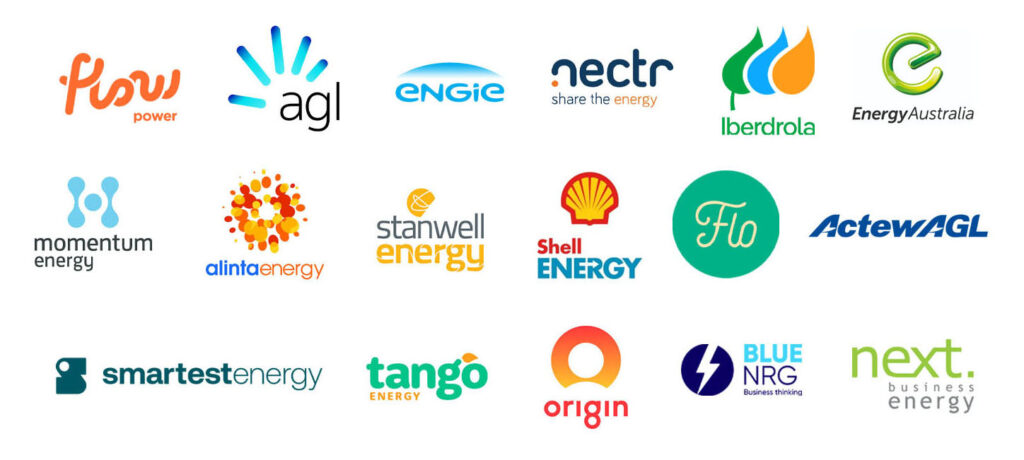The state government has set a Queensland renewable energy target of 80 percent by 2035 with 22 GW of new wind and commercial solar, 11.5 GW of rooftop solar, 9GW of battery storage, and two massive new pumped hydro projects totalling 7GW and 24 hours of storage.
Not bad for a state that until very recently was a champion for coal-fired electricity. The announcement was made by Premier Anastacia Palaszczuk, saying the Queensland renewable energy target will be powered by the “Battery of the North”, serviced by a “Super Grid”.
“Renewable energy is the cheapest form of new energy. This plan makes Queensland the renewable energy capital of the world,” she told a Committee for the Economic Development of Australia function.
“We are facing a climate emergency. Queensland is facing dramatic problems from rising sea levels in the Torres Strait, record rain bombs, bushfires, and a total of 98 natural disasters in the last decade,” she said.
“Climate change is real… but we need to do more than talk about it. We need to act, and act in a revolutionary way,” she said.
But the plan is also about money.
She said the plan was forecast to lower wholesale electricity prices in Queensland to around $56/MWh -a fraction of the prices over recent months that the soaring cost of fossil fuels has driven.
The plan is set to be legislated in the State Parliament in the coming weeks. A new government entity, Queensland Hydro, is being established to develop the projects.
The battery of the North
Queensland has its work cut out for it. Coal currently contributes the lion’s share to energy generation at 75 per cent of the total.
Storage is going to be the key to breaking that dependency. The Queensland government is proposing two massive pumped hydro storage facilities.
The first of these is formally named the Pioneer-Burdekin pumped hydro project and has been colloquially dubbed “the Battery Of The North.”
When it begins operations, the pumped hydro facility will dwarf Snowy 2.0 and will be the largest project of its kind in the world, with 24 hours of 5GW storage.
It will be located 70km west of Mackay and stage one could be completed by 2032. The Queensland Government has an interim 70 percent renewables target set for that year.
The Premier said that by the time Stage 2 is online, the state will have “no regular reliance on coal.”
The second pumped hydro project is the Borumba site, near Imbil on the Sunshine Coast. Details have not been finalised, but given that the total pumped hydro size is 7MW and Pioneer Burdekin is 5GW, it is a safe bet to say that Borumba will be in the region of 2GW of 24-hour storage.
Final investment figures have not yet been made public, but the government has allocated $273.5 million in funding to support detailed engineering and environmental investigations, community engagement, and some early access works.
Supergrid
The transition to renewable energy has already taught many lessons, and the most pertinent is that no matter how much energy you can generate, you still need to get it from A to B efficiently.
The Premier said the state government will also build “a Supergrid -our artery of clean energy industrial revolution.”
The super grid will comprise around 1500km of 500 kV transmission lines from Brisbane up to North Queensland and out west to Hughenden.
The state government is pouring $285 million into this “backbone of transmission,” which will open up and link the state’s new renewable energy zones.
The Super Grid will support 22GW of new wind and solar farms. Put into context, that would be the equivalent of around 2,500 wind turbines and 36 million solar panels put together.
The state will boost its Renewable Energy and Hydrogen Jobs Fund by $2.5 billion using coal royalties.
State-owned utility Powerlink will also invest $365 million in grid upgrades in Central Queensland, and the government will prepare legislation and a long-term roadmap on Queensland Renewable Energy Zones.
Battery industry strategy
The Queensland government is also drawing up a state energy storage strategy, which is set for release in 2024.
The strategy will focus exclusively on how much traditional battery storage the plan will need.
The government has committed $500 million towards developing grid-scale and community batteries.
Initial estimates point towards 3GW of grid-scale battery storage and 6GW of household storage.
The strategy is expected to include new flow battery technology procurement from Queensland, made from locally sourced minerals.
Coal plants to be transformed into Green Energy Hubs
To reach the Queensland renewable energy target, the state government will begin converting its coal-fired power stations into clean energy hubs in 2027.
The hubs will include a mix of grid-scale batteries, gas high-peaking plants and, eventually, hydrogen power stations, as well as maintenance hubs for wind and solar farms.
Modelling shows that Queensland’s SuperGrid will need around 3GW of “low to no-emission gas” to generate electricity at peak times, and to provide storage, firming and dispatchable capacity.
The plan suggests blending hydrogen with natural gas. In the long term, the objective is to shift towards renewable hydrogen “to provide dispatchable power.”
The Queensland government will invest in a new 200MW hydrogen-ready gas-peaking power station at Kogan Creek to be developed by CS Energy in partnership with Iberdrola.
This asset will complement CS Energy’s existing renewable hydrogen demonstration plant and 100 MW/200-megawatt hours battery at the Kogan Creek clean energy hub.
Do you want to keep up with the latest energy news?
If you want to be updated with all the latest energy sector news, you can sign up for our newsletter or visit our blog section.
Leading Edge Energy is an energy brokerage firm in Australia specialising in energy cost reduction, solar and storage procurement, electricity and natural gas-use monitoring and reporting for commercial and industrial clients. Follow us on LinkedIn, Facebook or Instagram.
We source, analyse, compare and rank commercial, industrial and multisite energy quotes. Obligation Free.
Chat with one of our experienced consultants today and get the insights your business needs to help manage the risks associated with volatile electricity and natural gas markets. Our energy procurement service is obligation-free and provides a time-saving way of securing lower energy rates from our panel of energy retailers.















